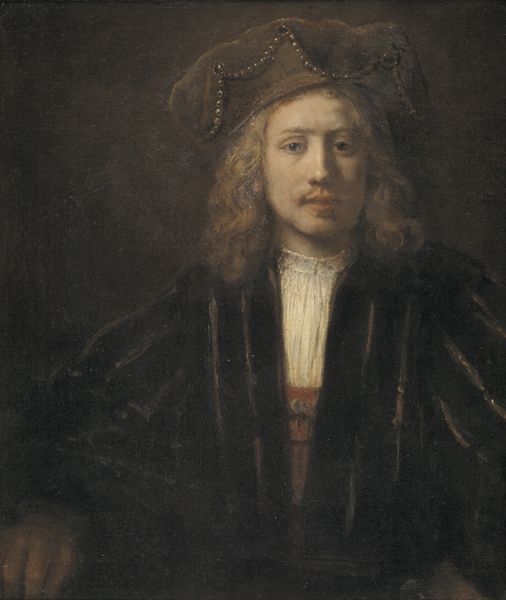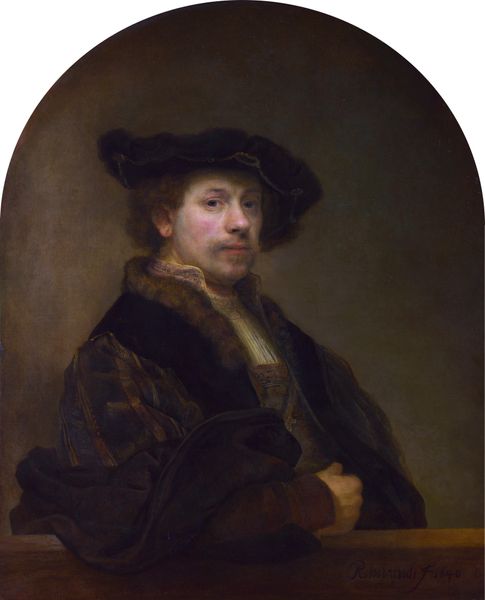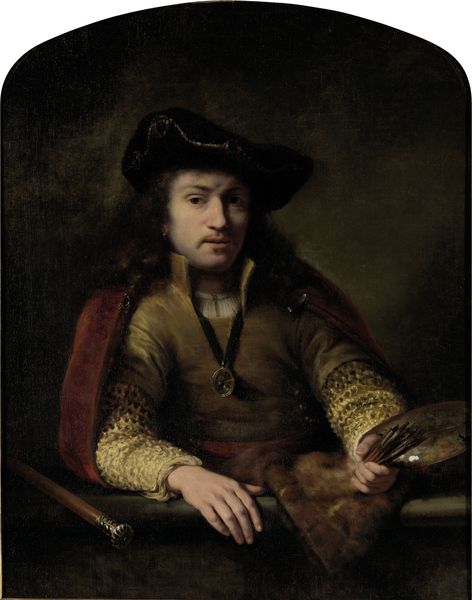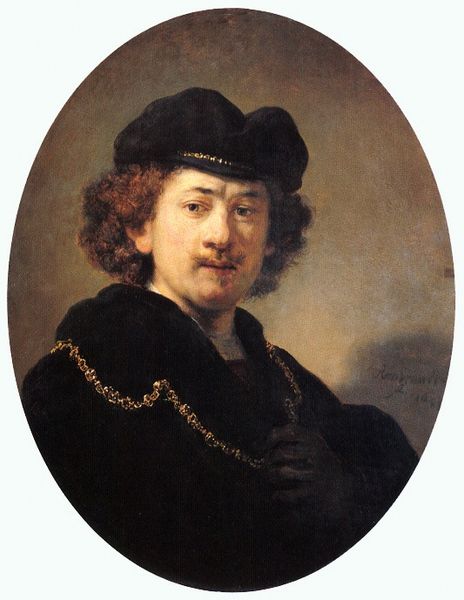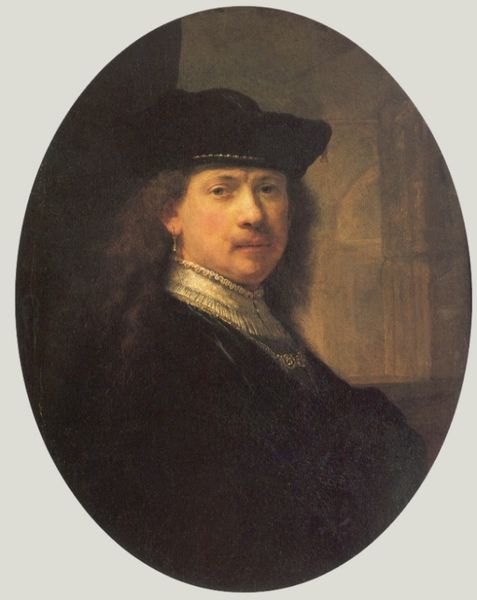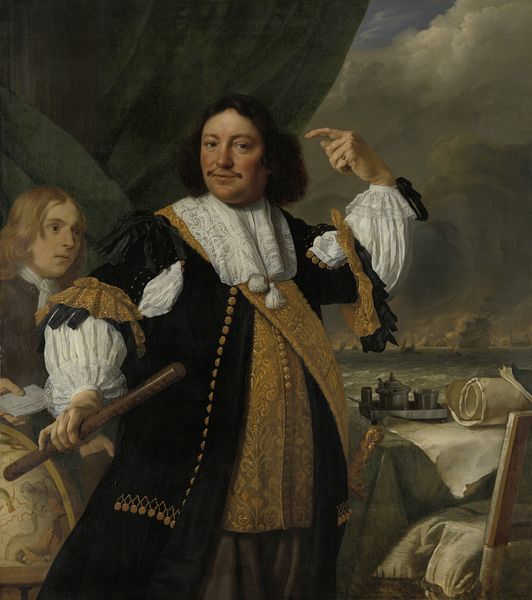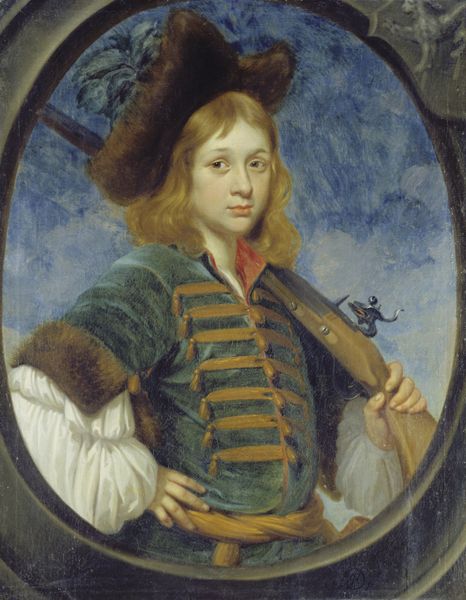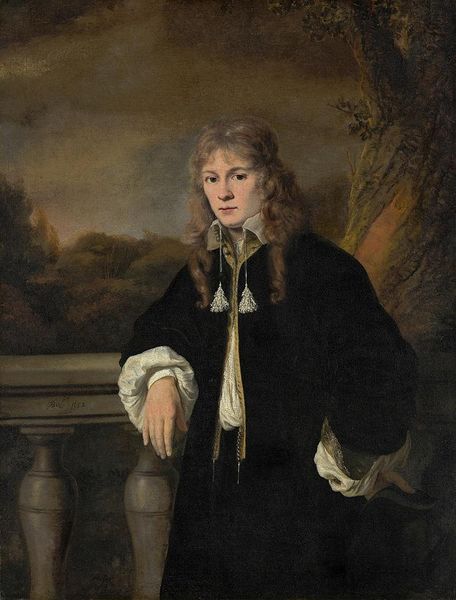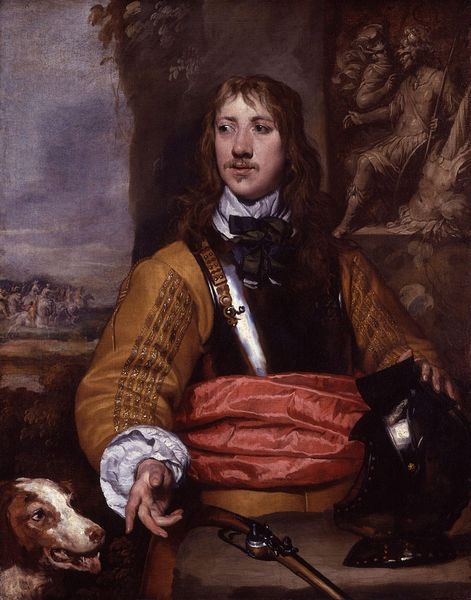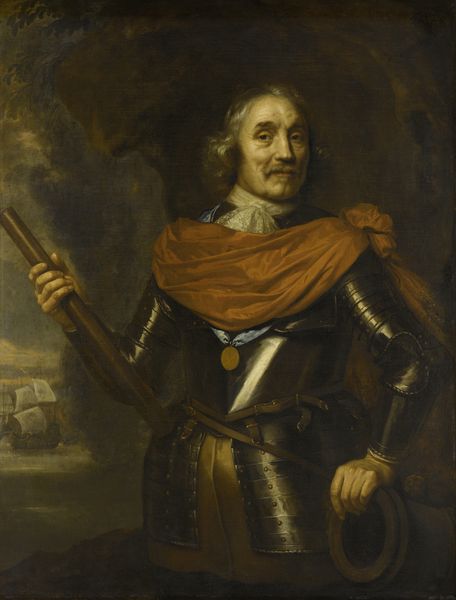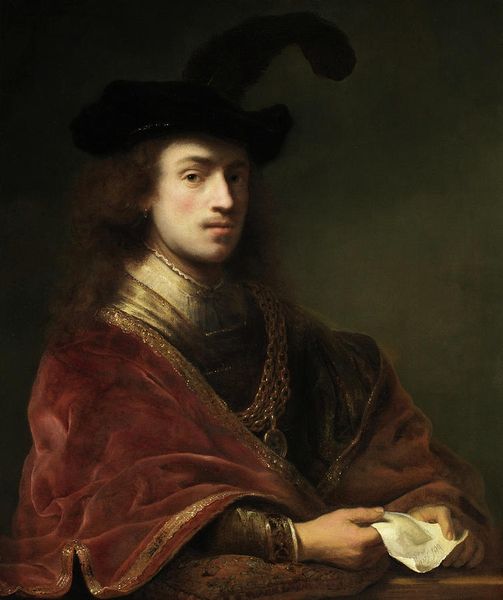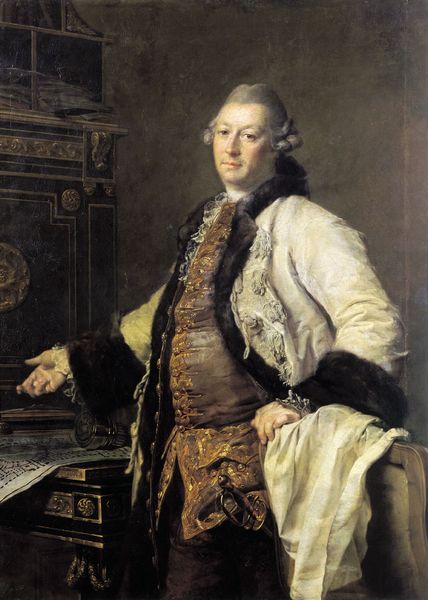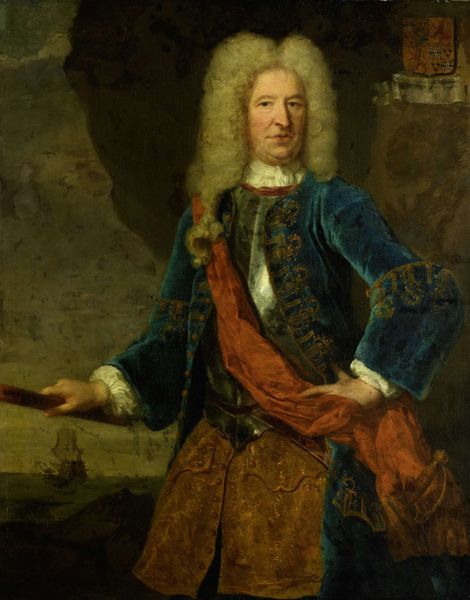
painting, oil-paint
#
portrait
#
self-portrait
#
baroque
#
painting
#
oil-paint
#
oil painting
#
vanitas
#
genre-painting
#
history-painting
Dimensions: 32.5 x 25.3 cm
Copyright: Public Domain
Karel Slabbaert painted this self-portrait on canvas sometime in the mid-17th century. Here, the artist presents himself with a skull, a popular motif at the time. But what does this combination of artist and memento mori tell us? This painting was made in the Dutch Republic, a society undergoing significant shifts. The Republic was establishing itself as a major economic power, and its citizens were increasingly aware of their place in a changing world. Portraits became increasingly popular during this time, and the combination of a portrait with a skull reflects a culture grappling with ideas of mortality, wealth, and the transience of life. The skull serves as a reminder that earthly achievements are fleeting. Artists, like Slabbaert, often engaged with these themes, reflecting and shaping the cultural discourse of their time. To understand this painting further, we might explore the history of Dutch portraiture, the symbolism of skulls in art, and the economic and social conditions of the Dutch Republic. Art history allows us to see how cultural anxieties and aspirations are expressed through images.
Comments
No comments
Be the first to comment and join the conversation on the ultimate creative platform.
